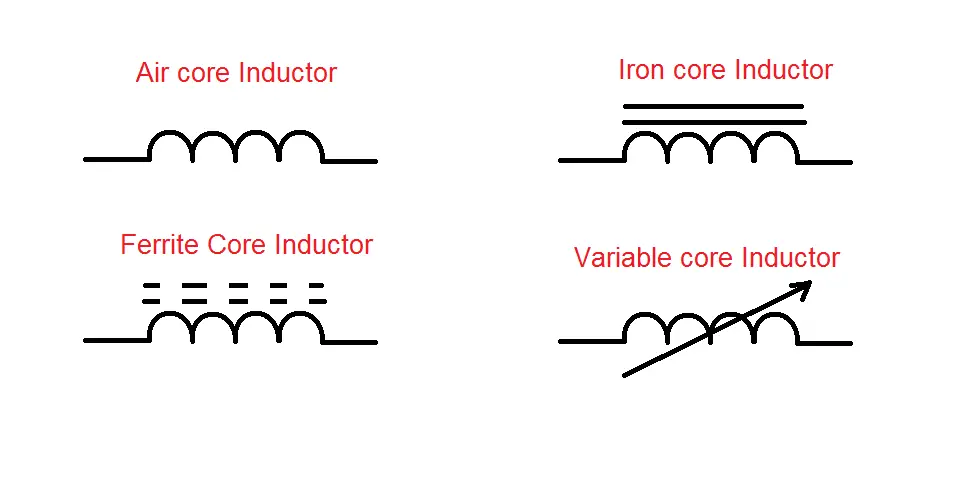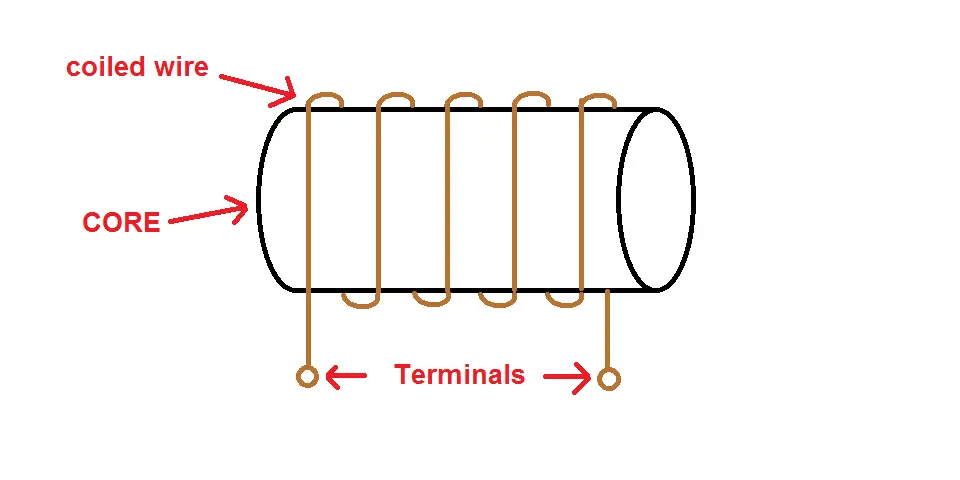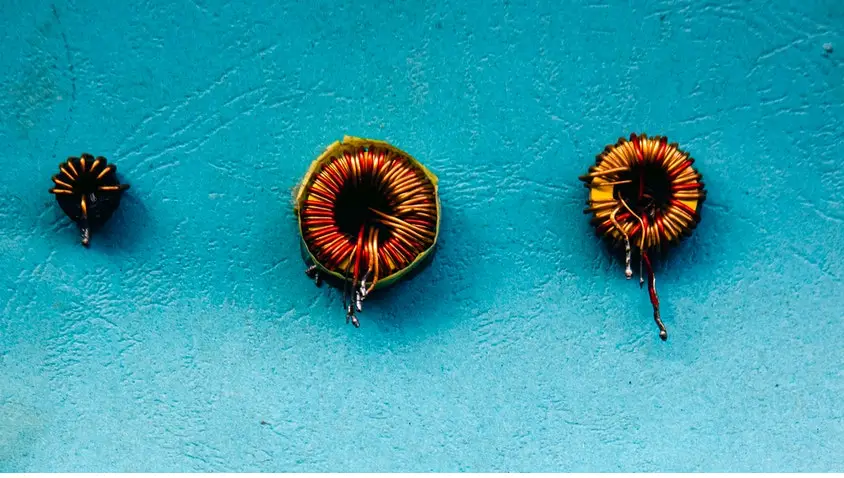The electrical and electronic world is filled with a myriad of components each having their own set of unique characteristics and abilities.
Each component will have a specific purpose in the circuit it is placed within.
One of these components is the Inductor.
An important characteristic of components is whether they have electrical polarity, which determines whether they have negative and positive terminals (this shall be discussed in more detail later in the article).
So, do inductors have polarity? No, inductors do not have polarity and can be placed in any orientation in a circuit.
However, the orientation that an inductor is placed in a circuit can affect electrical properties such as its inductance which will be discussed in more detail in this article.
Deeper look at inductors and polarity
To understand the question at hand, we will first need to take a step back and learn a bit more about Inductors and Polarity individually.
What is an Inductor?
Let’s start our journey with the Inductor.
As mentioned at the start, the Inductor is a crucial component utilised for many different applications. It is also often referred to as a coil, choke, or reactor.
But, what exactly is an Inductor?
An inductor is a two terminal passive component which has the ability to store energy in the form of a magnetic field when current flows through it.
The main purpose of an Inductor is to oppose any sudden changes in current.
They slow down current spikes and surges by storing this extra energy in their magnetic field and then slowly releasing it back into the circuit.
Its ability to resist this change can be shown by its Inductance which is the ratio of voltage and current change within the inductor.
Inductance is given in the unit of Henry (H).
Construction and working principle of an Inductor
If you were to look at a circuit schematic which had an inductor, you would see a symbol as seen below.

The construction of a basic Inductor involves a wire that is coiled around a core material.
This core material can vary depending on the needs of the application and can include either magnetic iron or ferrite core (amongst the most common).
An insulated copper wire is the choice of material for the wire wrapped around the core.

There are many variables that can alter the inductance of an inductor which include; number of turns (of the wire), spacing between turns, number of layers of turns, material of core, magnetic permeability of core material, size, and shape.
So how does an inductor work?
As current starts to pass through the inductor, a magnetic field is generated. The relationship between current and the strength of the magnetic field are directly proportional.
So, an increase in current will see an increase in the strength of the magnetic field.
What is polarity
If you have ever had to replace batteries (whatever the device may be), you know there is a certain orientation that the batteries need to be placed.
Batteries are marked with two symbols; a plus sign (+), and a minus sign (-).
The plus sign (+) represents the positive terminal of the battery, whereas the minus sign represents the negative terminal.
These are the two main poles in a circuit which are known as polarity.
Polarity lets us know the electric potential at the ends of a circuit or component and lets us know the direction of the flow of electrons.
The positive pole is commonly associated with the colour red, while the negative pole is black.
What gives a component polarity
Polarity happens when one point in a circuit, or component has more electrons than the other (making it negative), and making the other side positive.
This imbalance of electrons tends to occur in circuits/components that are asymmetrical (not symmetrical).
Symmetrical components such as a resistor are non-polarised as there is no imbalance of electrons at either of its terminals.
Components such as an electrolytic capacitor which has an asymmetrical construction, has one side more negative (cathode), than the other (anode) making it polarised.
Do inductors have polarity?
Ok, now that we have learned a bit about inductors and polarity let’s take a look at the question at hand.
Does an inductor have polarity?
No, due to the symmetrical construction of an inductor, it does not have polarity.
As we just saw, symmetrical components are non-polarised. If you look back at the construction of the inductor, you can see that it is essentially a wire which has been coiled.
Wires can be placed in any orientation in a circuit as they do not have polarity. This holds true for an inductor as well.
The coiling of the wire will be the same no matter what orientation the inductor is placed in the circuit.
But, this is not the end of the story. The orientation that an inductor is placed in a circuit can have an affect on its overall inductance.
Does the orientation of the inductor matter?
In an ideal world inductors would be perfectly symmetrical. Unfortunately we do not live in an ideal world. In reality inductors are going to be a little bit of of shape and have some defects
While reversing the inductor does not affect its windings, other physical aspects can change depending on orientation which could include things like the mechanical shape, drum, rod, core, etc
The asymmetry of these factors could affect certain electrical properties (such as inductance) of the inductor.
But, reversing the orientation of the inductor does not affect the overall functionality as inductors do not have polarity.
No polarity, but direction of current matters
While an inductor does not have any polarity, the direction of flow of current created from a phenomenon known as Kickback does matter.
Kickback happens when the magnetic fields inside the coil collapse (instantly) causing very high voltages that range in the thousands to the tens of thousands.
These high voltages can damage other sensitive components in the circuits such IC’s and transistors.
The kickback phenomenon is going to happen regardless of which way an inductor is placed in a circuit, however, the current generated from kickback is just going to travel in the opposite direction.
A circuit designer’s main concern is which way this current is going to travel. They will need to design the circuit so that the kickback current does not damage other components.
Fly-back Diodes are used to protect components from this excessive current.
Markings on an Inductor
But what about markings on an Inductor?
Many inductors come marked with a dot on one side. Does this mean this side is the positive side?
No, the dot is placed there by manufacturers to let you know which side of the inductor winding of the coil started.
Again, this does not indicate the polarity of the inductor.
Manufacturers also include information in the datasheet letting you know which way the coil is wound.





